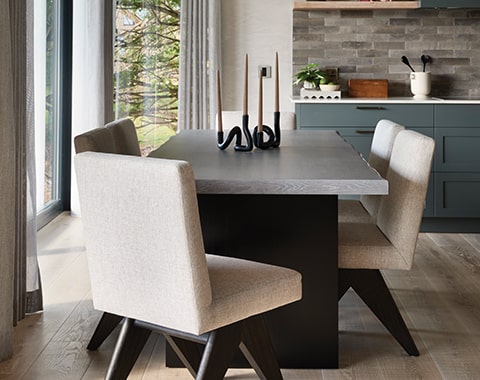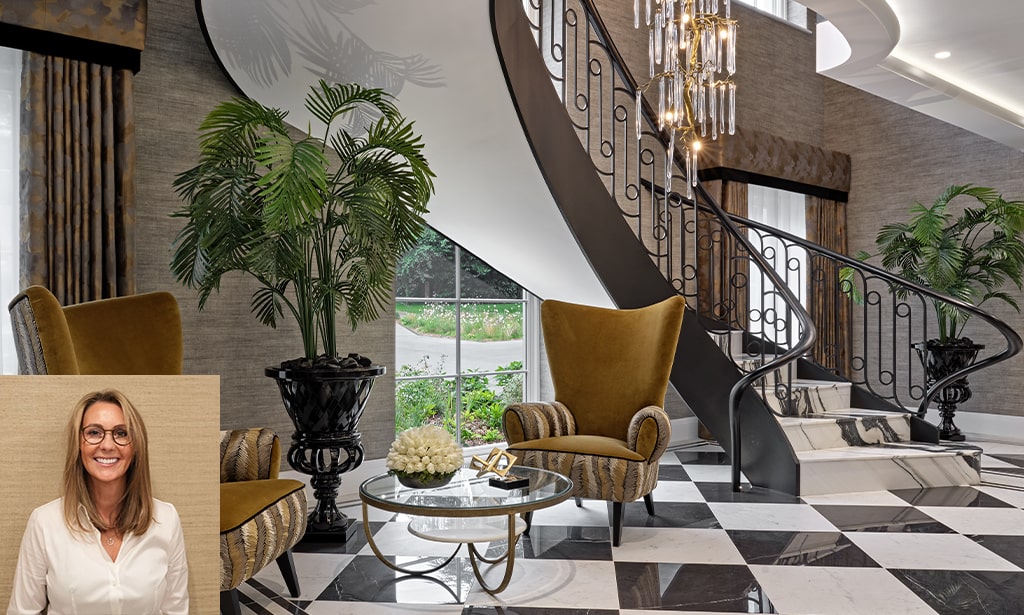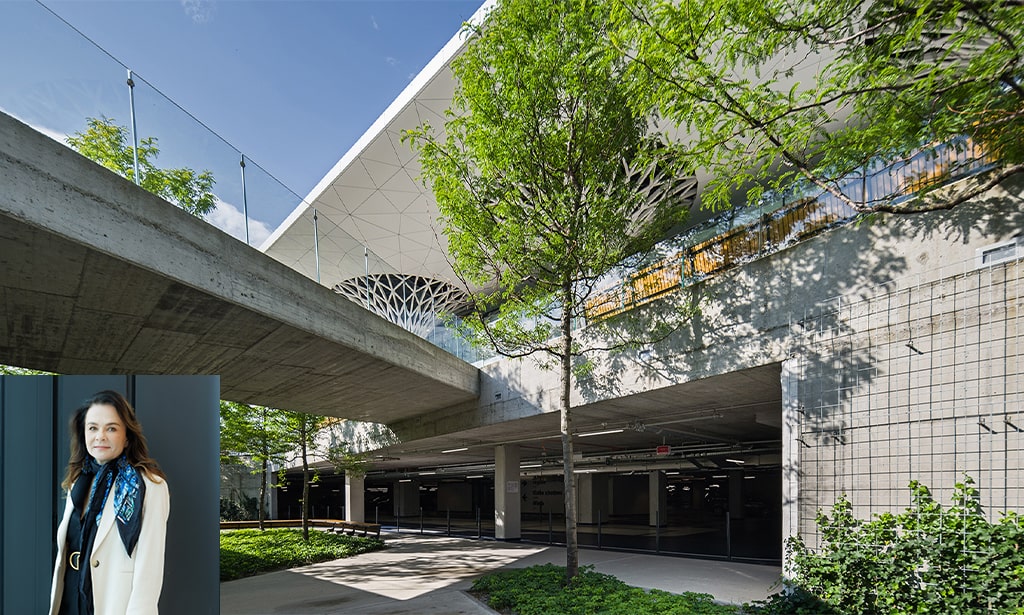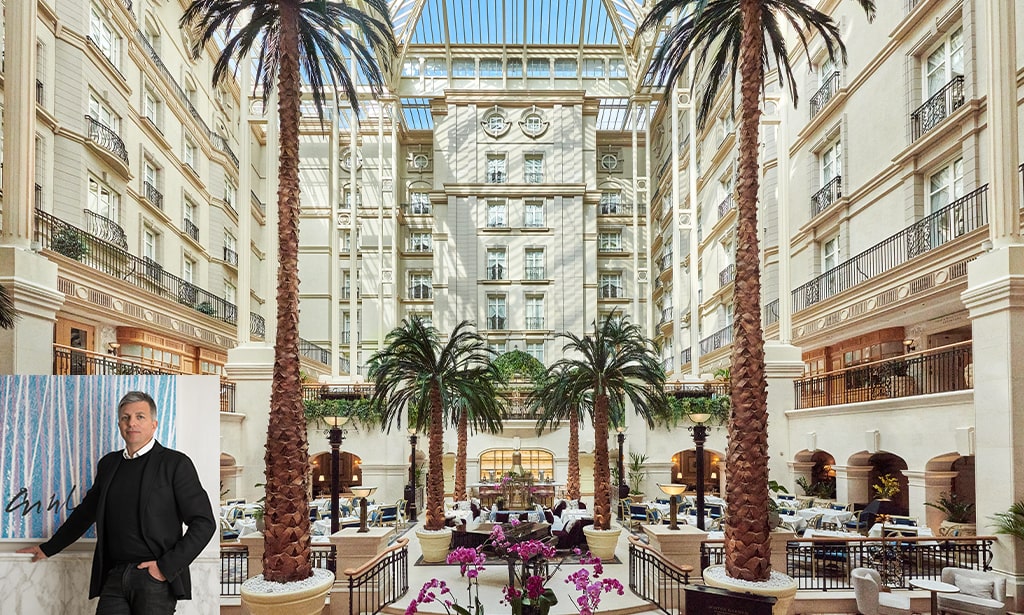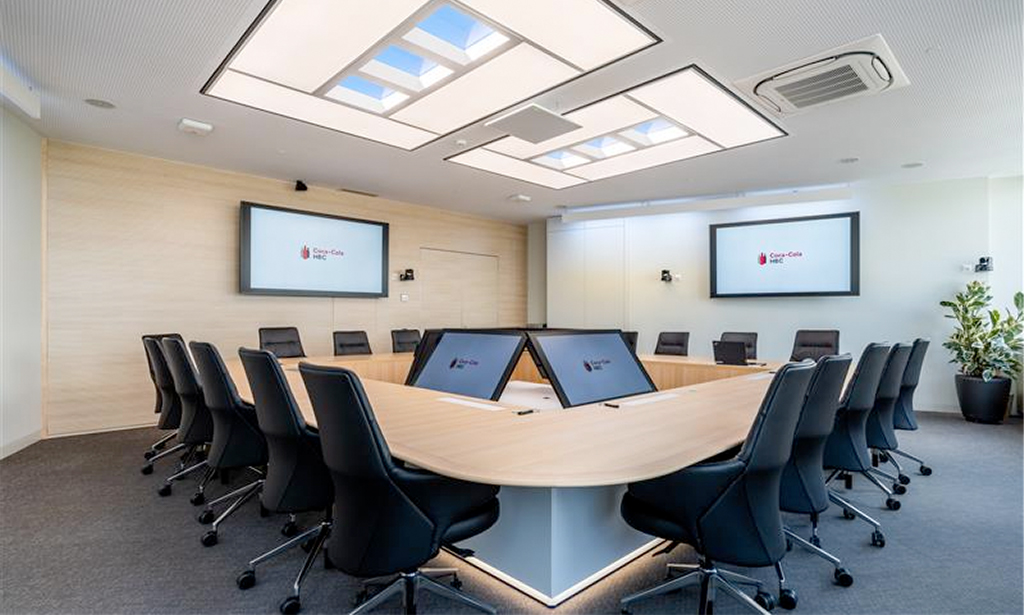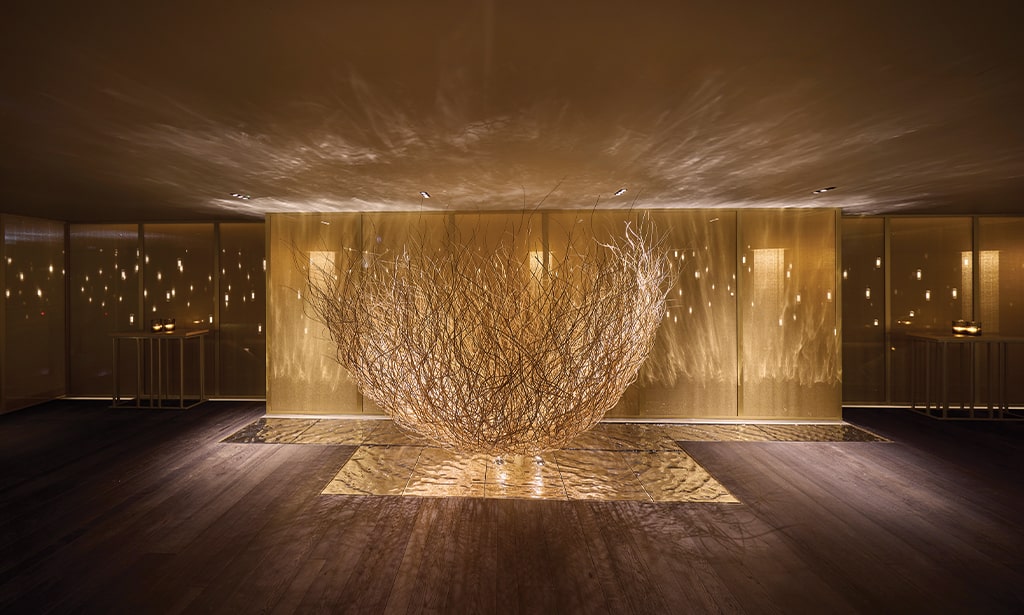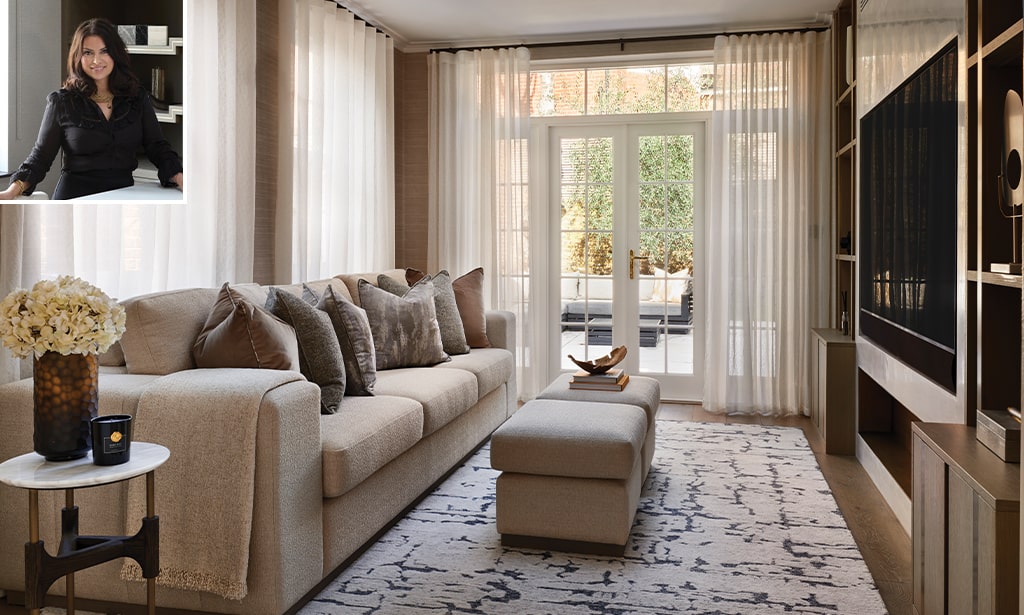
Founder of Hamilford Design
What is biophilic design and why is it so important today?
Biophilic design is becoming an increasingly hot topic in the design world. It aims to incorporate natural elements into interiors, to promote comfort and wellbeing for those working or living there. We are seeing this particularly in lighting over both our residential and commercial designs.
What are the patterns and principles of biophilic design, and what benefits does it offer to the built environment?
The remit is to incorporate natural elements into the built environment to help people feel more connected to nature. As humans, we have an innate connection to the natural world, and when that connection is mirrored in our homes and workplaces, it can improve our well-being.
This is all backed by new science, although it seems self-evident when you consider the principles and interior designers have long been using locally sourced, natural materials in some spaces.
How can biophilic design be effectively applied to indoor spaces? What are the key aspects of designing with a focus on human wellbeing?
One of the foundational principles is natural light. It’s not just about having windows but about designing spaces that maximise daylight, create light patterns, and let in views that align with natural rhythms: for instance, during the evening, light slowly dims. Light plays a huge role in regulating our circadian rhythm, so it’s essential for both physical and mental health.
The other big principle is natural materials. This could mean bringing in wood, stone, or even fabrics that mimic nature; wool boucle is a big trend and would constitute as biophilic design. The textures and colours of these materials, such as earthy tones or organic textures, make a space feel grounded and calm. There’s this soothing quality to these materials that can’t be replicated by synthetic surfaces.
Why is it important to apply Biophilic principles to our homes? How does natural light enhance the quality of indoor spaces?
Applying biophilic principles to homes is incredibly important because, let’s face it, we spend a huge amount of our lives at home.
It’s where we recharge, where we connect with our families, and where we find our sense of peace. Integrating natural elements into the home can have an immense impact on how we feel, behave, interact with our surroundings and even how we sleep. For one, our homes should feel like sanctuaries, places where we can relax and feel totally comfortable.
When we incorporate biophilic design, we’re essentially creating environments that nourish our body and mind. Natural elements like plants, natural light, eco-friendly materials, help reduce stress and improve our moods. There’s also the simple fact that our homes are often where we spend time with loved ones, and natural elements can create a calming, harmonious atmosphere that fosters connection and relaxation.
We help our clients to maximise the light they have at their homes and we bring in other elements that mimic the benefits of natural light, such as dimmed-responsive lighting. In spaces where natural light is scarce, I’ll often opt for larger windows, skylights, or even light tubes if possible. These are amazing for introducing more daylight into rooms without sacrificing privacy.
I often install glass doors that lead to outdoor spaces or patios, which help to bring more light in while giving a visual connection to the outdoors. Hamilford Design uses lots of Crittall glass for dividing spaces internally. Incorporating “daylight-mimicking artificial lighting” is a good alternative. There are incredible LEDs available in the sector that simulate natural light, so when you can’t rely solely on the sun, you can still create that same sense of brightness and warmth indoors.

